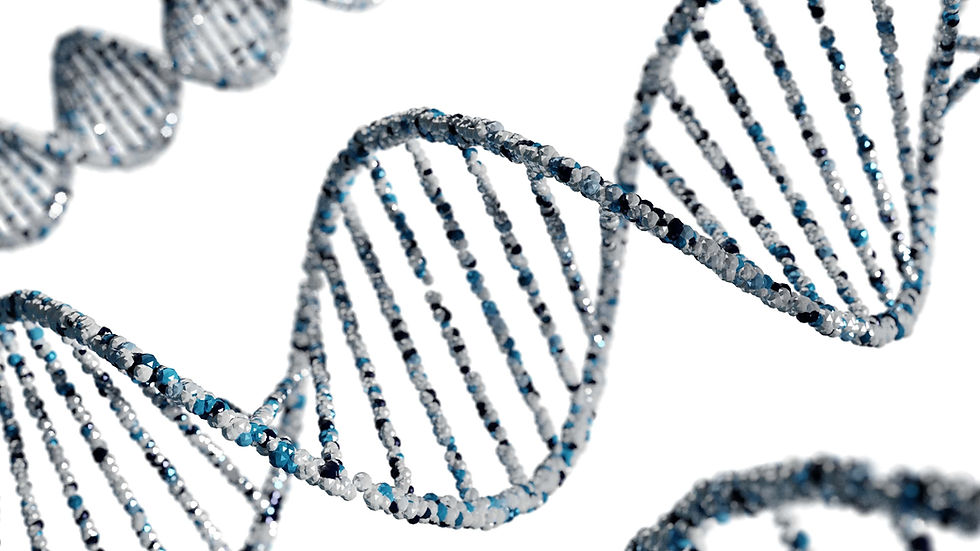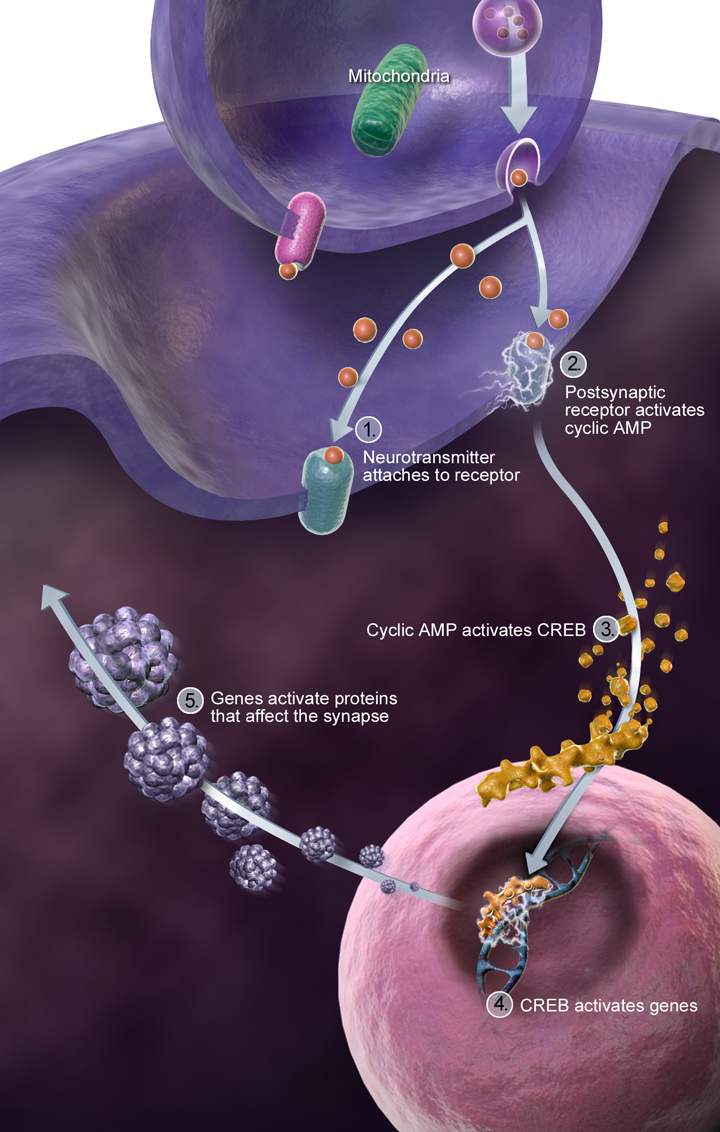The Symphony of Early Brain Development in Down Syndrome: Why the First Notes Matter
- neurosutton
- Jul 11
- 3 min read
Updated: Jul 25

Series note: There is a fantastic review (current state of scientific understanding) by Russo, Sousa, and Bhattacharyya out of Wisconsin. The authors cover topics from molecular and genetic causes and hypotheses to regional differences in the cortex. Because the paper goes through so many foundational ideas and taught me so much about Down syndrome, I’m going to walk through the sections of the paper in a series of posts. This post is the first installment. The review is not for the faint of heart, but it is well worth your time to read, if you enjoy the challenge of original research papers.
How to Talk to Other Parents aka TL;DR
Imagine your child’s brain as a symphony orchestra. In Down syndrome, the music of brain development begins with some instruments coming in a little early, a little late, or playing slightly different notes than expected. These early differences in timing and coordination are present even before birth and can influence how your child learns, remembers, and connects with others as they grow. They are simply a different arrangement in the symphony - one that, with the right support, can still create truly beautiful music.
The Symphony of the Mind: Why Early Brain Development Matters in Down Syndrome
We have explored a few foundational terms and overarching concepts in other posts. As we explore the neurodevelopment of a brain with Down syndrome, it’s time to tune our ears to the symphony of growth, timing, and harmony that shapes a child’s mind. Imagine, if you will, an orchestra tuning up: each instrument with its own part to play, every note and rest carefully arranged. The earliest days of brain development are much like the opening bars of a grand symphony, where timing, coordination, and subtle shifts set the stage for all that follows.
For families of children with Down syndrome (DS), understanding these opening bars is not just an academic exercise – it is a source of pride in understanding all that their child overcomes in a day. Down syndrome, caused by an extra copy of chromosome 21, is the most common genetic cause of intellectual disability. Yet, the story begins long before a child utters their first word or takes their first step. Subtle differences in brain structure and function are already present in infancy, even before most parents notice delays in learning or language. Why does this matter? Because the brain’s architecture, like a symphony, is composed in stages, and early variations in the score can echo forward, shaping everything from memory and movement to curiosity and connection.
The First Notes: Subtle Shifts in the Score
Recent research has revealed that the first signs of difference in DS are not only visible but also measurable in the developing brain. Advanced imaging, single-cell genomics, and stem cell models now allow scientists to peer into these earliest moments. These are moments when a single cell divides, differentiates, and organizes into the vast, interconnected network that will one day support a child’s thoughts, dreams, and laughter (Russo et al., 2024).
These technologies have shown us that the extra chromosome 21 doesn’t just add more genetic material, it subtly shifts the tempo and choreography of brain development. The changes include some things as specific as the way that dendrites look and branch to the relative numbers of neurons and astrocytes in different areas of the brain. Some maturation processes, like myelination, may take longer. Some communication methods (long term potentiation and long term depression) may be altered. These are not flaws in and of themselves, but variations that change the composition.
Why Early Matters: The Power of Intervention and a Well-timed Cue
Why focus on these early stages? Because the brain, especially in its first years, is remarkably plastic. High plasticity means that it can adapt, reorganize, and respond to its environment. Early differences have ripple effects and early interventions can make a real difference. Just as a good conductor knows where a piece is supposed to go and can help musicians bring about that vision, families and professionals can nurture a child’s developing brain with enriched environments, therapies, and patient love.
Looking Forward
One big takeaway from the review is that there are many open questions regarding the earliest stages of neurodevelopment and Down syndrome. Every study helps us understand how the extra genetic material forms an altered developmental trajectory and may bring us closer to therapies that support their full potential. In the next post, we’ll take a look at some of the earliest known changes, as neurogenesis starts day 50 post-conception. So bring your thinking caps as we continue to embrace curiosity....
References
Russo, M. L., Sousa, A. M. M., & Bhattacharyya, A. (2024). Consequences of trisomy 21 for brain development in Down syndrome. Nature Reviews Neuroscience, 25(11), 740–755. https://doi.org/10.1038/s41583-024-00866-2





Komentar